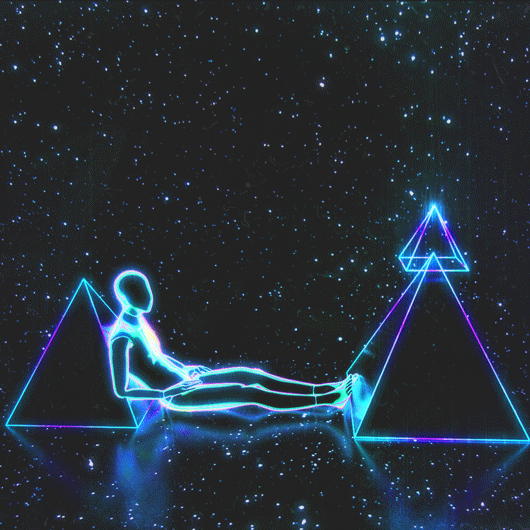Latest Posts by brunettejonesy - Page 3

‘waveshaping’

‘sleepwalking’

‘far-edge’

my instagram
Neutron Stars Are Even Weirder Than We Thought
Let’s face it, it’s hard for rapidly-spinning, crushed cores of dead stars NOT to be weird. But we’re only beginning to understand how truly bizarre these objects — called neutron stars — are.

Neutron stars are the collapsed remains of massive stars that exploded as supernovae. In each explosion, the outer layers of the star are ejected into their surroundings. At the same time, the core collapses, smooshing more than the mass of our Sun into a sphere about as big as the island of Manhattan.

Our Neutron star Interior Composition Explorer (NICER) telescope on the International Space Station is working to discover the nature of neutron stars by studying a specific type, called pulsars. Some recent results from NICER are showing that we might have to update how we think about pulsars!
Here are some things we think we know about neutron stars:
Pulsars are rapidly spinning neutron stars ✔︎
Pulsars get their name because they emit beams of light that we see as flashes. Those beams sweep in and out of our view as the star rotates, like the rays from a lighthouse.

Pulsars can spin ludicrously fast. The fastest known pulsar spins 43,000 times every minute. That’s as fast as blender blades! Our Sun is a bit of a slowpoke compared to that — it takes about a month to spin around once.
The beams come from the poles of their strong magnetic fields ✔︎
Pulsars also have magnetic fields, like the Earth and Sun. But like everything else with pulsars, theirs are super-strength. The magnetic field on a typical pulsar is billions to trillions of times stronger than Earth’s!

Near the magnetic poles, the pulsar’s powerful magnetic field rips charged particles from its surface. Some of these particles follow the magnetic field. They then return to strike the pulsar, heating the surface and causing some of the sweeping beams we see.
The beams come from two hot spots… ❌❓✔︎ 🤷🏽
Think of the Earth’s magnetic field — there are two poles, the North Pole and the South Pole. That’s standard for a magnetic field.

On a pulsar, the spinning magnetic field attracts charged particles to the two poles. That means there should be two hot spots, one at the pulsar’s north magnetic pole and the other at its south magnetic pole.
This is where things start to get weird. Two groups mapped a pulsar, known as J0030, using NICER data. One group found that there were two hot spots, as we might have expected. The other group, though, found that their model worked a little better with three (3!) hot spots. Not two.
… that are circular … ❌❓✔︎ 🤷🏽
The particles that cause the hot spots follow the magnetic field lines to the surface. This means they are concentrated at each of the magnetic poles. We expect the magnetic field to appear nearly the same in any direction when viewed from one of the poles. Such symmetry would produce circular hot spots.

In mapping J0030, one group found that one of the hot spots was circular, as expected. But the second spot may be a crescent. The second team found its three spots worked best as ovals.
… and lie directly across from each other on the pulsar ❌❓✔︎ 🤷🏽
Think back to Earth’s magnetic field again. The two poles are on opposite sides of the Earth from each other. When astronomers first modeled pulsar magnetic fields, they made them similar to Earth’s. That is, the magnetic poles would lie at opposite sides of the pulsar.

Since the hot spots happen where the magnetic poles cross the surface of the pulsar, we would expect the beams of light to come from opposite sides of the pulsar.

But, when those groups mapped J0030, they found another surprising characteristic of the spots. All of the hot spots appear in the southern half of the pulsar, whether there were two or three of them.

This also means that the pulsar’s magnetic field is more complicated than our initial models!
J0030 is the first pulsar where we’ve mapped details of the heated regions on its surface. Will others have similarly bizarre-looking hotspots? Will they bring even more surprises? We’ll have to stay tuned to NICER find out!
And check out the video below for more about how this measurement was done.
Make sure to follow us on Tumblr for your regular dose of space: http://nasa.tumblr.com.

my instagram

‘feels-right’

‘infinite-potential’

‘archaic’

my instagram

A pair of aesthetic danger noodles to get tattooed on myself

my instagram





‘drive-safe’

‘help_is_comin’

‘headshot’


‘chill’


‘challenge’



‘ride-in-the-night’



‘S.I.”

‘hypocrite’
